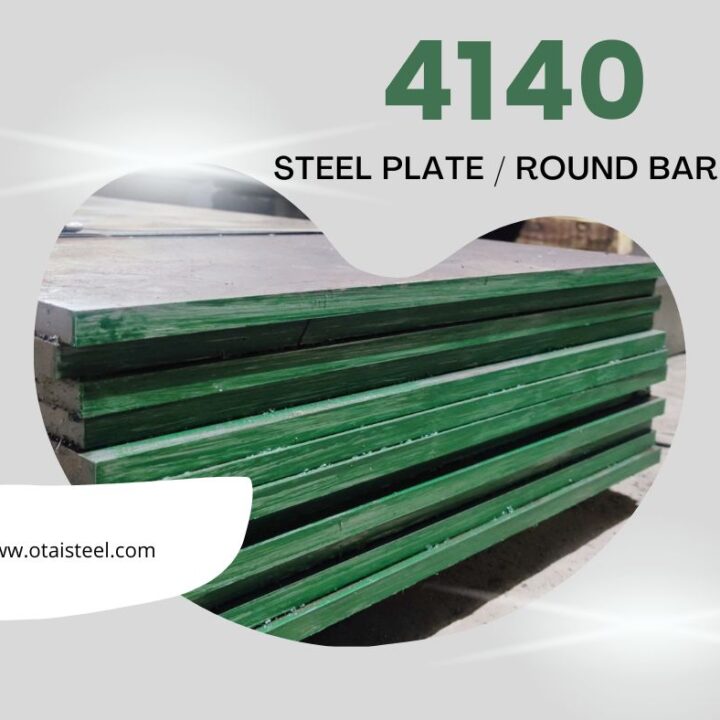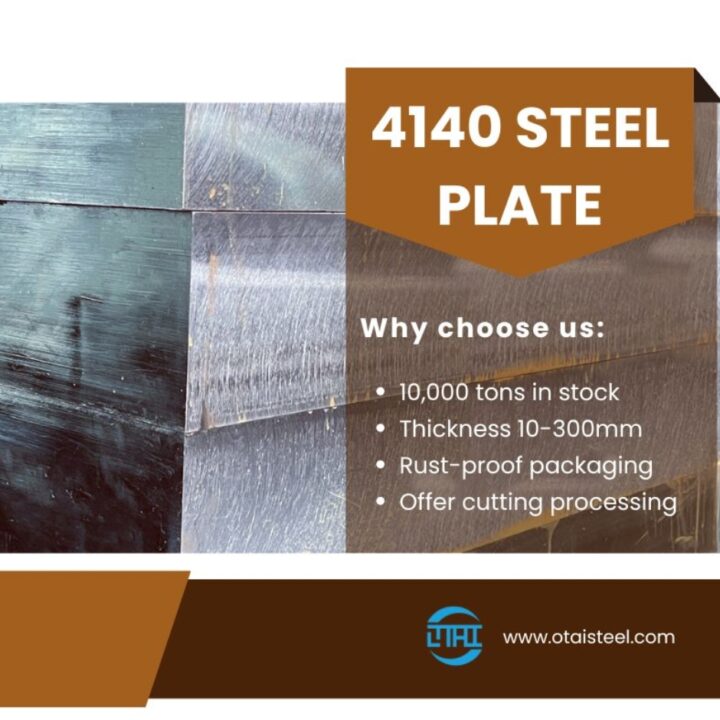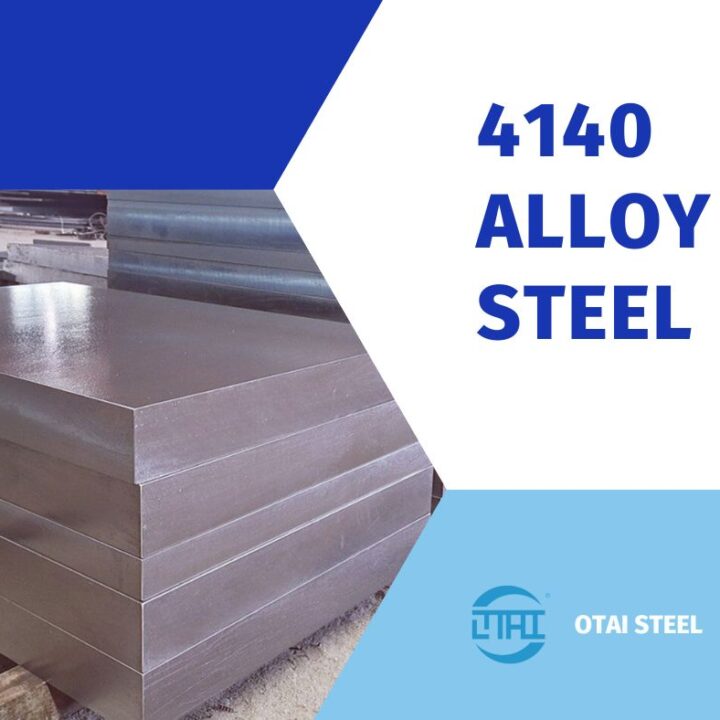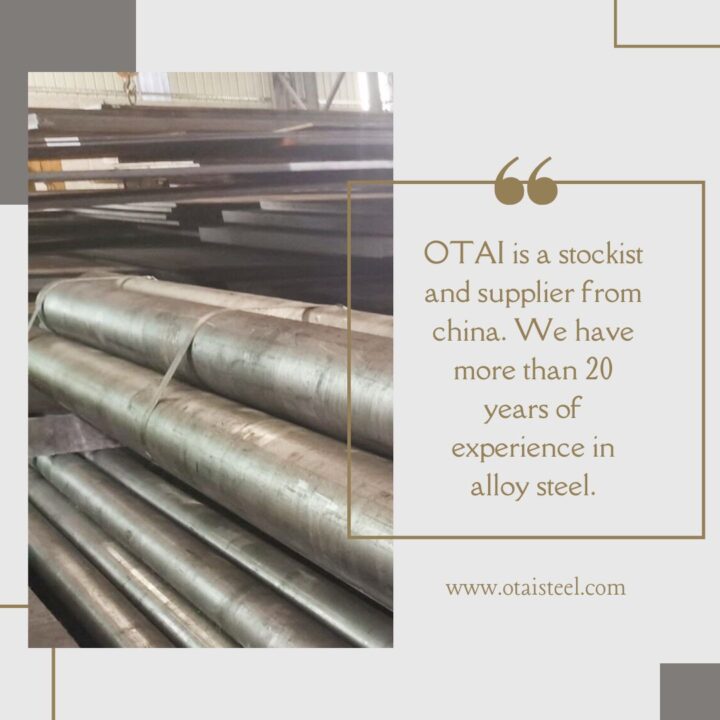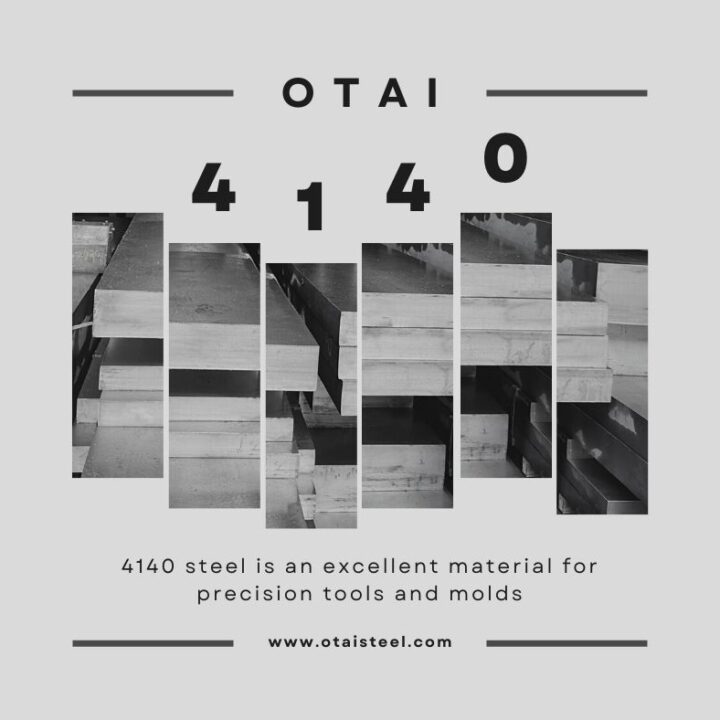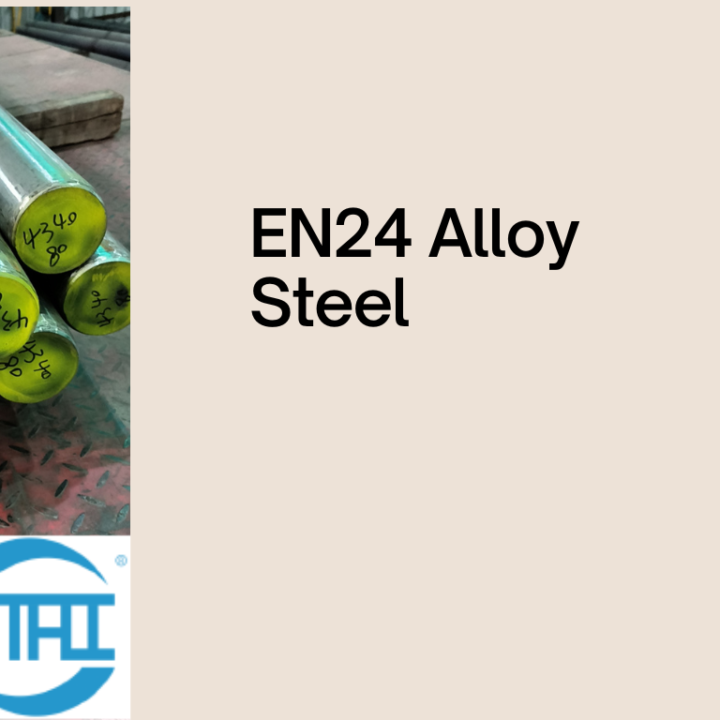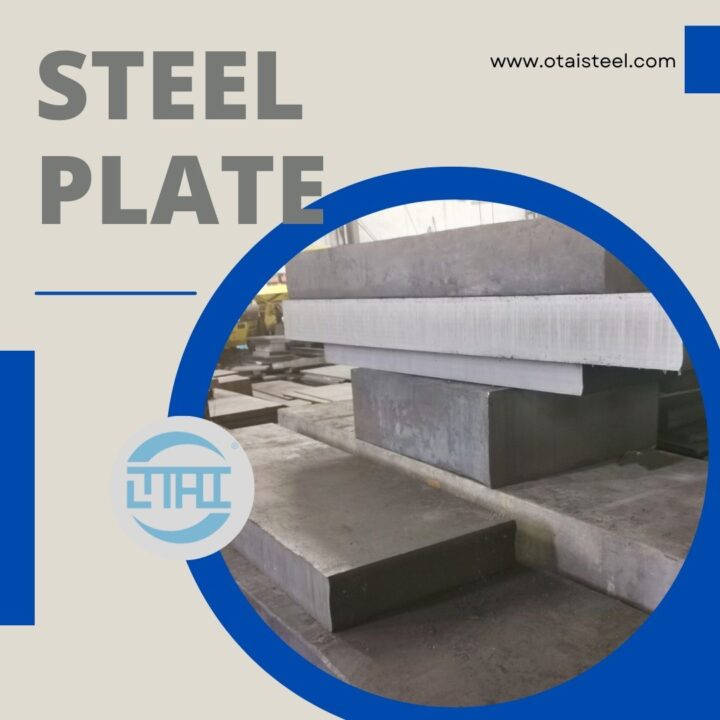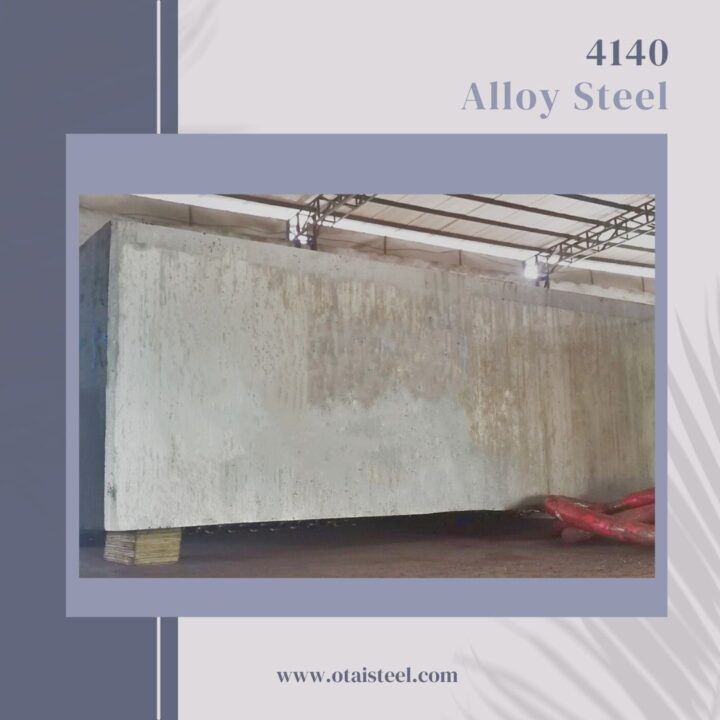We understand the importance of choosing the right steel for your specific application. In the world of industrial manufacturing, two popular steel grades often come into consideration: 1018 and 4140. While both of these steels possess their own unique properties, it is crucial to analyze their characteristics in detail to make an informed decision. In this article, we aim to provide a comprehensive comparison of 1018 and 4140 steel, highlighting their respective features, applications, and performance attributes.
Comparison: 1018 and 4140 Steel
Machinability and Weldability
1018 Steel: With its lower carbon content and softer composition, 1018 steel offers excellent machinability. It can be easily machined into various shapes and forms, making it suitable for intricate parts and components. Additionally, 1018 steel has good weldability, allowing for easy and efficient joining during fabrication processes.
4140 Steel: While 4140 steel is not as easily machinable as 1018 steel, it can still be machined with the appropriate tools and techniques. The higher carbon content and alloying elements make it slightly more challenging to work with. However, 4140 steel compensates for this with its superior strength and hardness. Welding 4140 steel requires careful preheating and post-weld heat treatment to prevent issues such as cracking.
Strength and Hardness
1018 Steel: Known for its lower tensile and yield strength, 1018 steel is suitable for applications that do not require high strength. It offers good ductility and toughness, allowing it to absorb shock and impact. However, its lower hardness limits its resistance to wear and abrasion.
4140 Steel: With significantly higher tensile and yield strength, 4140 steel provides exceptional mechanical properties for demanding applications. It exhibits excellent toughness, making it suitable for heavy-duty applications subjected to high stress and load conditions. Additionally, 4140 steel’s higher hardness contributes to improved wear resistance and durability.
Heat Treatment and Hardenability
1018 Steel: Due to its low carbon content, 1018 steel is not typically subjected to heat treatment processes such as quenching and tempering. It is primarily used in its as-rolled or normalized condition. However, surface hardening techniques like carburizing can be applied to increase its surface hardness.
4140 Steel: 4140 steel is well-known for its excellent hardenability, which allows for effective heat treatment to enhance its mechanical properties. Common heat treatment methods for 4140 steel include quenching and tempering, which result in increased hardness and strength. The specific heat treatment process depends on the desired properties and the application requirements.
Corrosion Resistance
1018 Steel: As a low-carbon steel, 1018 steel is not highly resistant to corrosion. It is susceptible to rusting and should be protected from moisture and corrosive environments. Applying protective coatings or utilizing corrosion-resistant finishes can help mitigate its susceptibility to corrosion.
4140 Steel: Although 4140 steel contains some chromium, it does not possess high corrosion resistance compared to stainless steel. It is still prone to corrosion and should be properly protected in corrosive environments. Coatings, plating, or the use of stainless steel overlays can be employed to enhance its corrosion resistance.
Both 1018 and 4140 steel offer distinct properties and advantages for various applications. Understanding their differences is essential in making the right material selection. If you require cost-effective and easily machinable steel with good weldability, 1018 steel is a suitable choice. On the other hand, if you need superior strength, hardness, and resistance to wear, 4140 steel is an excellent option.
